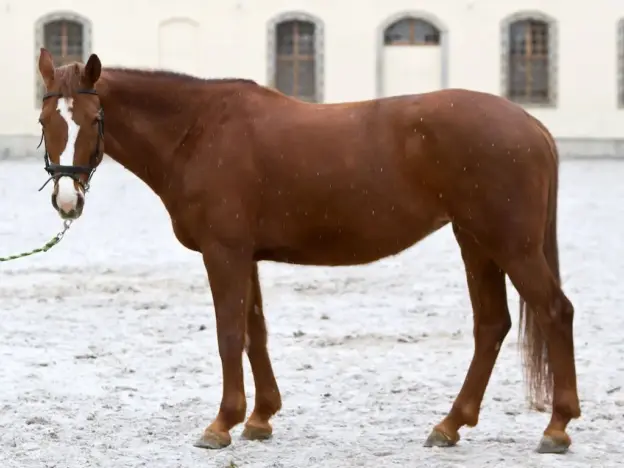Intro
Hesse, Germany has long been known as a hub for horse breeding and high quality animals have come out of most parts of the area. Early in development the studs of royalty were used as foundation animals and local animals were known for their incredible toughness and agility.
Origins
Breeding of the Hessen Horse began officially in 1724 when the Berber-beck stud was promoted to court stud status. Many different strains were bred by different court stud until 1956 when many of them were exported to the Dillenburg stud farm. However private breeding continued on local farms, although their primary focus was draft types where court studs wanted lighter, riding animals.
Due to the fact there were so many different farms and strains of the Hussen breed there are came to be two types in the first half of the 20th century. A draft type which was used primarily for agriculture and work and a warmblood type (based on the Holstein and Oldenburg breeds) used for transportation.
The breeding conditions are particularly harsh in Hessen due to difficult soil which actually breeds an incredibly hardy animal with an long and healthy lifespan. Around 1960 the official breeding of the modern riding horse was established using Hanoverian, Westphalian, Thoroughbred Trakehner and Arabian animals.
Features
Average height 16.2 hands
Physique
Closely resembles the Hanoverian breed in conformation.
Traditional Colors
All colors
Temperament
Good tempered and intelligent
Focused and highly trainable
Use
Show horse
Eventing horse
